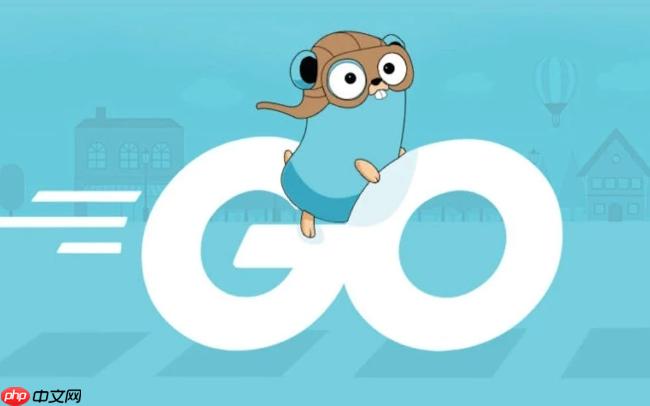桥接模式通过接口与组合分离抽象与实现,如图形绘制中将形状与设备解耦,支持独立扩展,新增图形或设备无需修改原有代码,提升灵活性与可维护性。

在Go语言中,桥接模式能有效分离抽象与实现,让系统更易扩展。当面对多维度变化时,比如不同类型的对象和多种行为组合,直接使用继承容易导致类爆炸。桥接模式通过组合而非继承来解耦,提升代码的灵活性和可维护性。
桥接模式的关键是把“抽象部分”与“实现部分”分离,使它们可以独立变化。在Go中,这通常通过接口和结构体组合来实现。
举个例子:设想一个图形渲染系统,需要支持绘制圆形、方形,同时能在不同设备(如屏幕、打印机)上显示。如果用传统方式,每增加一种图形或设备,就得新增多个组合类。而桥接模式将“图形”作为抽象层,“渲染设备”作为实现层,两者通过组合连接。
先定义一个设备渲染接口,代表实现部分:
立即学习“go语言免费学习笔记(深入)”;
type Device interface {
DrawCircle(x, y, radius float64)
DrawSquare(x, y, side float64)
}然后提供具体实现:
type Screen struct{}
func (s *Screen) DrawCircle(x, y, radius float64) {
println("Screen: drawing circle at", x, y, "radius", radius)
}
func (s *Screen) DrawSquare(x, y, side float64) {
println("Screen: drawing square at", x, y, "side", side)
}
type Printer struct{}
func (p *Printer) DrawCircle(x, y, radius float64) {
println("Printer: printing circle at", x, y, "radius", radius)
}
图形类型不依赖具体设备,而是依赖Device接口:
type Shape struct {
device Device
}
func NewShape(device Device) *Shape {
return &Shape{device: device}
}
type Circle struct {
*Shape
x, y, radius float64
}
func NewCircle(device Device, x, y, radius float64) *Circle {
return &Circle{
Shape: NewShape(device),
x: x,
y: y,
radius: radius,
}
}
func (c *Circle) Draw() {
c.device.DrawCircle(c.x, c.y, c.radius)
}
type Square struct {
*Shape
x, y, side float64
}
func NewSquare(device Device, x, y, side float64) *Square {
return &Square{
Shape: NewShape(device),
x: x,
y: y,
side: side,
}
}
func (s *Square) Draw() {
s.device.DrawSquare(s.x, s.y, s.side)
}这样,新增设备只需实现Device接口,新增图形也无需修改已有代码,符合开闭原则。
桥接模式在以下场景特别有用:
Go语言没有继承机制,反而更自然地鼓励使用组合,这让桥接模式在Go中实现更简洁、直观。
基本上就这些。用好接口和结构体组合,桥接模式能让系统结构更清晰,扩展更容易。不复杂但容易忽略。
以上就是Golang如何应用桥接模式优化扩展性的详细内容,更多请关注php中文网其它相关文章!

每个人都需要一台速度更快、更稳定的 PC。随着时间的推移,垃圾文件、旧注册表数据和不必要的后台进程会占用资源并降低性能。幸运的是,许多工具可以让 Windows 保持平稳运行。

Copyright 2014-2025 https://www.php.cn/ All Rights Reserved | php.cn | 湘ICP备2023035733号